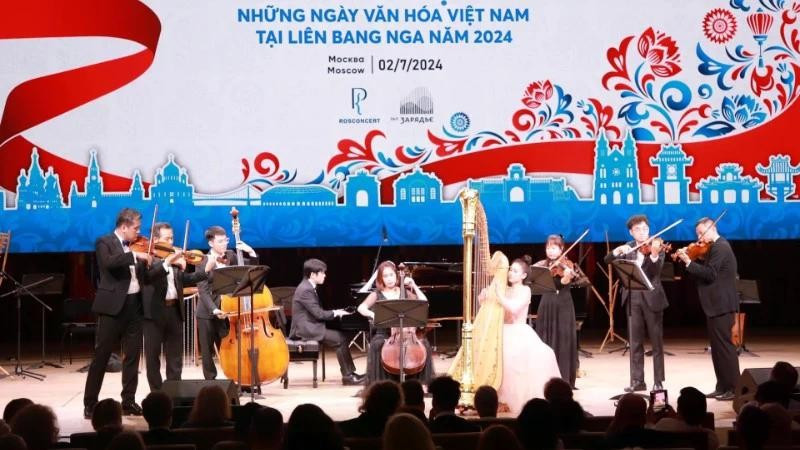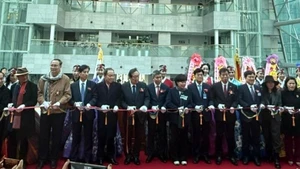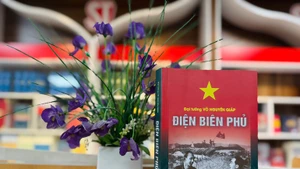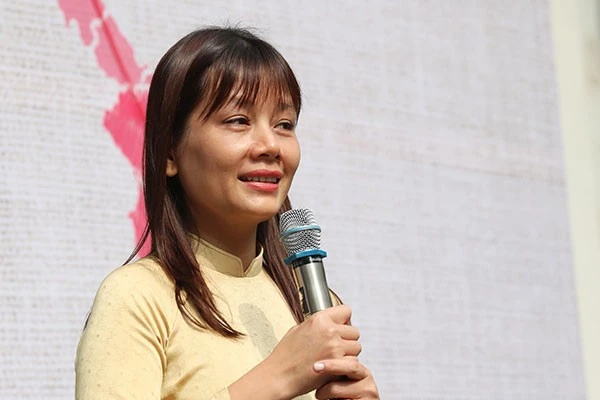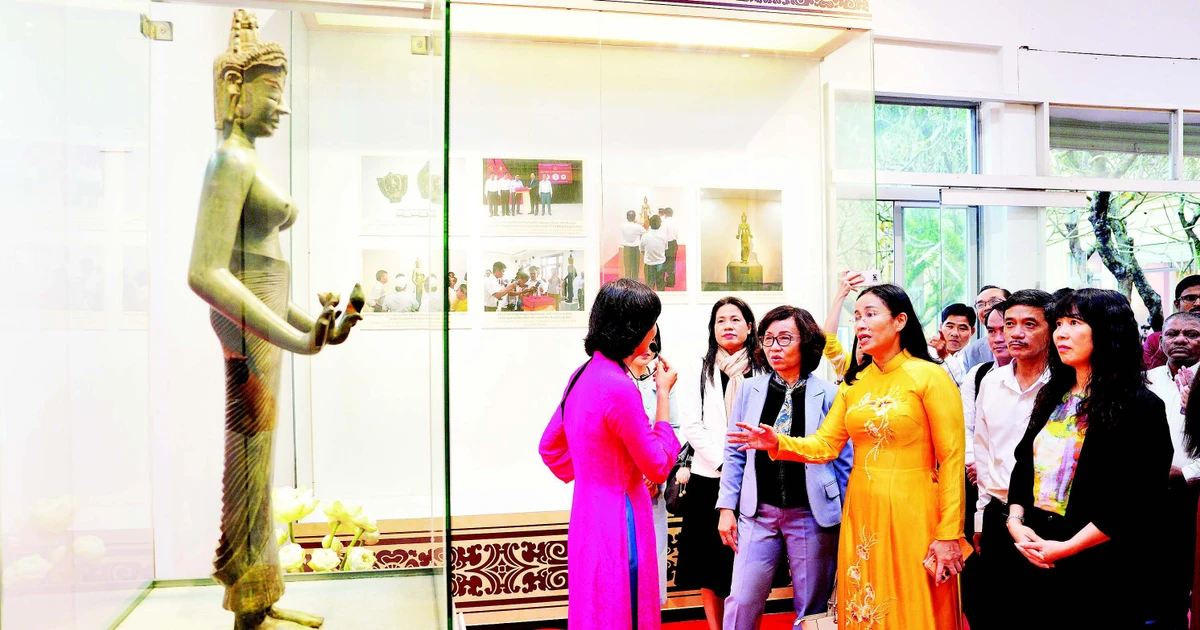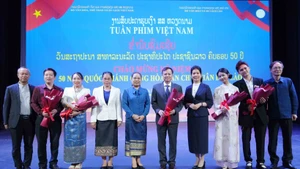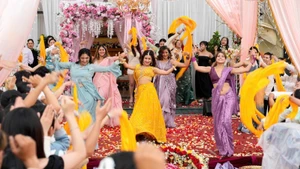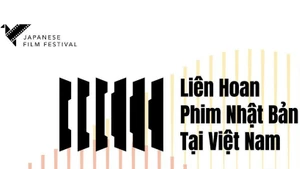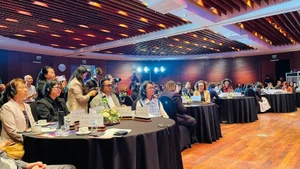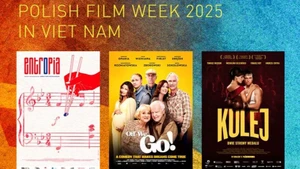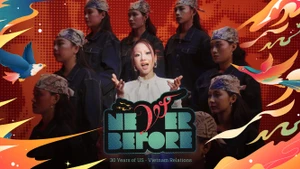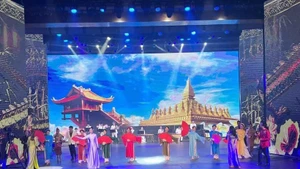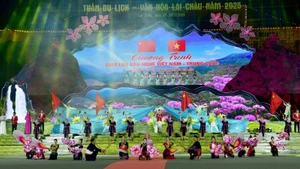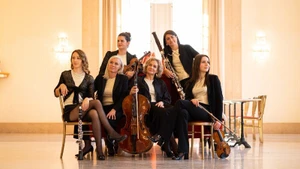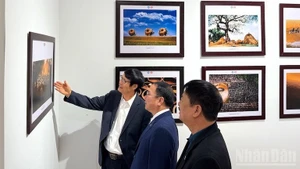In the face of deepening globalisation, international cultural exchange is not only an opportunity but also an urgent requirement to preserve and affirm national identity while enhancing Viet Nam’s stature among international friends.
Proactive cultural integration
From the founding of the nation in 1945 and throughout the resistance wars against French colonialism and American imperialism, the Party and State of Viet Nam have consistently organised cultural and external communication activities in service of the national struggle for independence and reunification, and to garner international support. Entering the Doi Moi era (1986), the Party identified international cultural exchange as the starting point of integration, gradually breaking the barriers of isolation and sanctions, and presenting the image of a peace-loving, culturally rich, dynamic, and creative Viet Nam.
At the 7th National Congress (1991), the Party adopted the Platform for National Construction during the Transition to Socialism (1991 Platform), which was later supplemented and developed in 2011, affirming that international integration is not only a foreign policy but also a strategic goal intrinsically linked to the socialist model Viet Nam is building. The documents of the 8th Party Congress (1996) further emphasised the importance of “expanding cultural, artistic, and sports exchange with other peoples, especially with countries in the region.” Notably, Resolution of the 5th Plenum of the 8th Central Committee laid out a comprehensive path for the construction and development of Vietnamese culture in the new revolutionary phase, which included the requirement to “expand international cultural cooperation.”
From these sound guidelines and policies, Viet Nam’s cultural exchange, international cooperation, and cultural diplomacy activities have continuously expanded in both scale and depth. A significant milestone was Viet Nam’s accession to the UNESCO Convention on the Protection and Promotion of the Diversity of Cultural Expressions in 2005, opening new policy space for international cultural exchange. Initially auxiliary to diplomacy, these exchanges have increasingly become a vital component of the national cultural development strategy.
From these sound guidelines and policies, Viet Nam’s cultural exchange, international cooperation, and cultural diplomacy activities have continuously expanded in both scale and depth.
To date, Viet Nam has established cultural cooperation networks with nearly 200 countries and territories, implementing hundreds of bilateral agreements and programmes, and actively participating in international organisations and forums. Since joining the World Trade Organisation (WTO) in 2007, Viet Nam’s cultural promotion efforts have also become more effective.
Promoting cultural exchange and diplomacy as a key pillar of Viet Nam’s foreign affairs has been concretised through long-term strategies such as the Cultural Development Strategy to 2030; the Strategy for Developing Viet Nam’s Cultural Industries to 2030, with a vision to 2045; and the Cultural Diplomacy Strategy to 2030, all of which have created profound transformations.
In recent years, cities such as Ha Noi, Hoi An and Da Lat have successively joined the UNESCO Creative Cities Network, demonstrating Viet Nam’s shift from promotion to collaboration, from presentation to co-creation of new values. Alongside participation in regional forums and festivals, Viet Nam has also proactively hosted major international events, such as ASEAN 2020, APEC 2017, and the United Nations Day of Vesak (held in 2008, 2014, 2019, and 2025), showcasing a nation rich in tradition and vibrant with innovation. In parallel, the “Viet Nam Days Abroad” programme, spearheaded by the Ministry of Foreign Affairs since 2010, has steadily brought the image of Viet Nam closer to global audiences.
Amidst rapid digital transformation, Viet Nam has effectively leveraged digital media platforms, social networks, contemporary art, and creative design to promote its culture. In cinema, films or music projects featuring international collaborations, and international awards in creative design have contributed to elevating Viet Nam’s cultural brand on the global stage.
Shaping a global Vietnamese cultural identity
According to Pham Thi Phuong Chi, Deputy Director of the Department of External Affairs and Cultural Diplomacy (Ministry of Foreign Affairs), international cultural exchange not only promotes the image of the country and people of Viet Nam but also builds mutual understanding between nations and forms the foundation for sustainable development cooperation. However, cultural diplomacy activities still fall short of fully tapping the country’s rich cultural potential. In recent years, many of the Viet Nam-themed cultural programmes and festivals held abroad have primarily been organised by overseas Vietnamese associations.
These activities play an important role in preserving identity, connecting communities, and introducing Vietnamese culture to international friends. However, largely self-initiated and with limited resources, such programmes are often small in scale and lack the consistency and impact of long-term outreach. Vietnamese cultural centres abroad also face constraints in infrastructure, staffing, and professionalism — factors that hinder the systematic and sustained promotion of Vietnamese culture. Minister of Culture, Sports and Tourism Nguyen Van Hung noted that the “Viet Nam Days Abroad” initiative is currently held in only a few countries each year, which is insufficient to qualify as a truly global programme.
According to the minister, this initiative should be expanded to more countries with which Viet Nam has established diplomatic relations. Emphasising that cultural integration must be part of the sustainable national development strategy, Vu Manh Hung, Deputy Director of the Social Affairs Department under the Central Policy and Strategy Commission, argued that a genuine strategy requires methods, roadmaps, and concrete steps. Viet Nam must clearly define its cultural integration agenda, select values to communicate, and focus on distinct cultural products capable of making a lasting impression.
The Ministry of Culture, Sports and Tourism is currently collecting feedback on a draft proposal for “Internationalising Vietnamese Culture and Localising Global Culture.” The draft includes several notable solutions: establishing a network of Vietnamese cultural centres abroad; developing high-value cultural export products; enhancing cooperation with international cultural institutes; engaging overseas intellectuals and international admirers of Vietnamese culture in digital content development and multilingual creativity; and organising regular cultural festivals and cultural weeks in major international hubs.
Alongside scientific and technological breakthroughs, culture must find its own channels within the current of international integration.
Prof. Dr. Dinh Xuan Dung, former Standing Vice Chairman of the Central Council for Theory and Literary and Art Criticism.
Speaking at the national seminar on the proposal “Internationalising Vietnamese Culture and Localising Global Culture”, Prof. Dr. Dinh Xuan Dung emphasised that in parallel with technological breakthroughs, culture must find its own pathways within the stream of international integration. He noted that the proposal must be proactive and deliver substantive breakthroughs, aligning closely with the Party’s views and directions on cultural integration.
Cultural and diplomatic experts have highlighted a number of key solutions to ensure international cultural cooperation truly becomes a source of national “soft power”:
First, develop a long-term national cultural branding strategy, identifying core values that represent the Vietnamese spirit in the modern era. This brand must harmoniously blend tradition with contemporary creativity and possess global appeal.
Second, professionalise cultural diplomacy activities, mobilise private sector resources, and commercialise cultural products with economic value.
Third, develop a high-quality workforce for international cultural integration.
Fourth, leverage the role of more than six million overseas Vietnamese as “cultural ambassadors,” linking external cultural policy with the national unity policy.
And fifth, accelerate digitisation, develop a cultural start-up ecosystem, and encourage youth participation in cultural innovation to refresh Viet Nam’s global cultural identity.
With strong resolve, long-term vision, and coordinated implementation, cultural integration is poised to make rapid and sustainable progress, enhancing the image and prestige of Viet Nam, and truly establishing culture as a sustainable development pillar alongside the economy and politics, thus strengthening Viet Nam’s national brand in the global arena.
